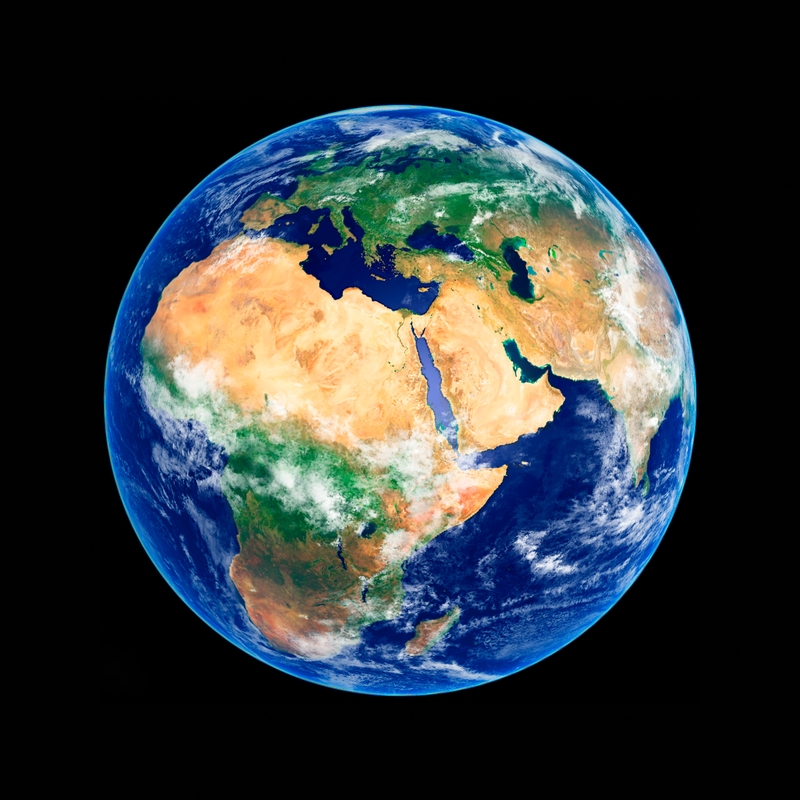
Believe it or not, the United States is not at the center of the universe. Or the world. Or the consumer market.
We represent just 5% of the global population, and our spending power isn’t as great as you may think. The CIA’s World Factbook lists which countries in the world have the most disposable income by looking at per capita GDP (a country’s gross domestic product divided by its population). The U.S. is down at number ten, below Liechtenstein, Qatar, Luxembourg, Bermuda, Kuwait, Jersey (an island on the English channel), Norway, Brunei, and Singapore.
To tap into the wealth of opportunity overseas, your company needs to do more than just expand its product offering. It needs to expand its content marketing operation.
How to Go Global with Your Content Marketing by @lizkoneill
Doing so is a daunting task. Coordinating content efforts between different departments is hard enough—not to mention between different countries. There’s a lot that goes into scaling your content marketing at a global enterprise. Here’s a high-level look at 3 key factors to consider:
Language
Almost 60% of global consumers say getting information in their own language is more important than price when making a purchase decision. If your content isn’t in a language people understand, it’s not going to drive traffic, generate leads or deliver revenue for your business.
And I’m not just talking about comprehension. Your content should really resonate with the people who are reading it. Content that answers the questions and addresses the needs of customers in the United States isn’t necessarily going to do the same for customers in India. Addressing language barriers is about a lot more than hiring a good translator. It’s about tailoring your message specifically to each market.
Culture
Culturally insensitive content won’t attract potential buyers—it will repel them. Take the Indian mobile phone company, Bharti Airtel, who botched a television advertising campaign in Africa. This campaign featured images of the savannah (the majority of the African continent has a much different landscape), actors only from South Africa (there are 47 countries in Africa), and payment with coins (most Africans only use paper money). Needless to say, despite the money and resources they spent on the ad, it fell flat in the 17 African countries in which they do business. And it’s not hard to understand why.
When it comes to global content marketing, there’s no “one size fits all strategy.”
Consumption Habits
When it comes to global content marketing, there’s no “one size fits all strategy.”
In addition to communicating with consumers in a genuine and empathetic way, you also need to know where to find them. What publications do they read? Do they have access to the Internet? How often are they online? What social media channels do they use? If you’re trying to build up a big Facebook following in China, a country whose largest social media network is QZone, you might be wasting your resources.
Obviously, there’s a lot more that goes into getting content right in different markets around the world. That’s why Kapost is focusing on best practices for content marketing at a global scale over the next few months. Stay tuned for more global marketing tips and feel free to share your own with us in the comments section below.

